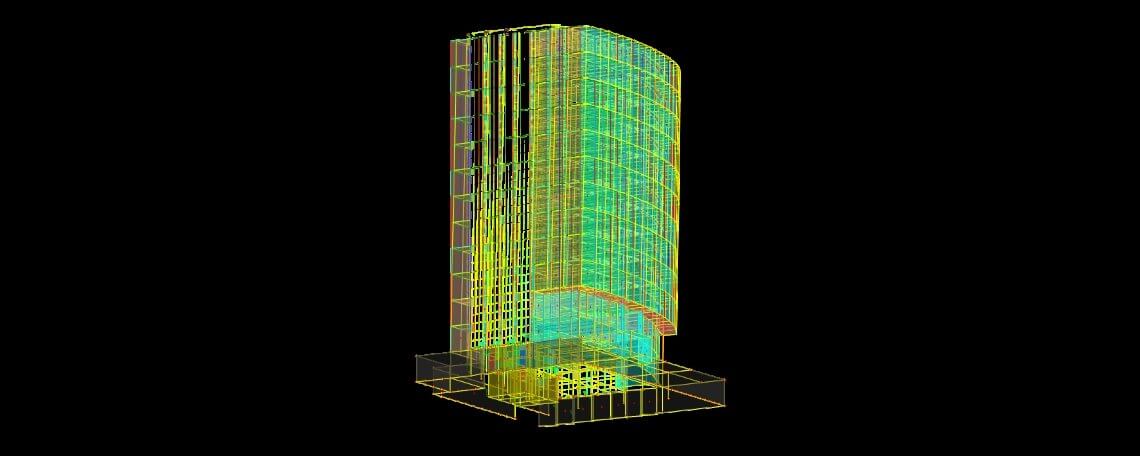Research and Development

Improved design and construction techniques
Research and development are the keystone of our company. We are constantly developing new design techniques and improving construction methods with the aim of helping our clients to build better and more economically.
Some examples:
- Essentiel Beauport, our very own condominium project, to allow us to study floor vibrations and deflections in CLT construction, to develop methods to mitigate shrinkage in the wood elements, and even to use post-tensioning in wood beams, and also to develop economical techniques for Cross-Laminated Timber (CLT) construction.
- Luxenbourg (not Luxembourg, it's a play on words, "Luxe en bourg", like "Lux in the City"), a project for one of our more courageous and knowledgeable clients, allowed us to develop a prefabricated concrete construction system, greatly reducing the time and manipulation, especially important for a winter construction in Canada. We also studied the possibility of using post-tensioning in the concrete walls, a low-damage technology for major earthquake regions like ours.
- Cathedral Hill 2 (www.whylease.com), a 14-storey project in Ottawa, entirely in wood (except the concrete foundations, of course) involves the study of appropriate architectural and structural assemblies for a tall wood building. As well as using post-tensioning in the Cross-Laminated Timber (CLT) shear walls and low-damage technology, the team is developing the details (that's where the devil is) for fire resistance, acoustics (sound insulation), floor vibrations, shrinkage and creep. The goal is to build the tallest wood building in the world (well, at least of the modern era) with speed and economy, and an environmental and social conscience.
- KFN1, a modular construction project on a construction site on the shore of James Bay, to create an administrative complex of 84 offices and community services, and a gymnasium for the village. The development of interconnection details, attachment on the boat and truck trailer, lifting in the factory and at the construction site, panel roof assembly, ... It's a whole 'ecosystem', modular.

